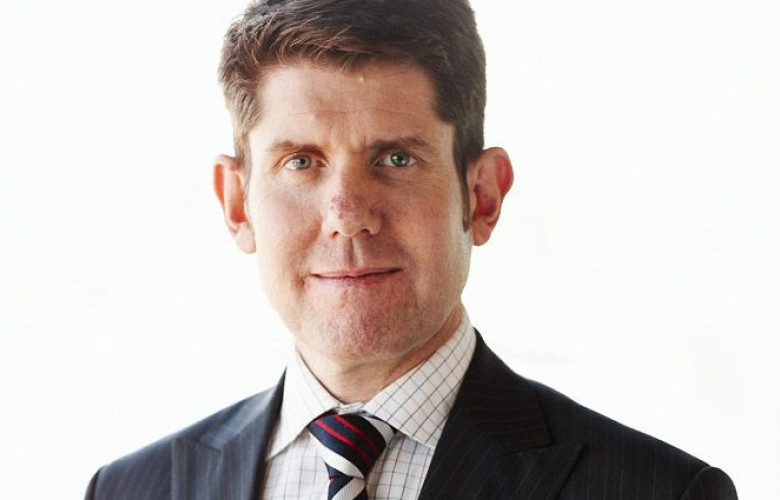What will happen to the property market in 2016?
Contact
What will happen to the property market in 2016?
2016 could be the year of the first home buyer, predicts LJ Hooker CEO Grant Harrod.
After the frenzy of the past few years, we'll witness more normal buying conditions and a more balanced playing field between property sellers and buyers in 2016, predicts LJ Hooker CEO Grant Harrod.
He believes that the year ahead will benefit first-time buyers, those living in tourist destinations and existing owners keen to renovate. "Better employment outlook combined with the continued increase in listings and less competition from investors, is set to open new opportunities especially for those previously priced out of the market," said Harrod.
2016 could become the year of the first home buyer as the construction boom across the country over the past two years will attract the under 30s who are happy to live in high-density inner-city hubs. Developments close to transport, universities and entertainment will become affordable options for young people, and changes to investor lending mean first home buyers will no longer be fighting over the same properties.
Harrod believes the emergence of the "rentvester," young people who own an investment property but lease a home elsewhere, will start to disappear as owner-occupiers take advantage of the historical low interest rates.
Affordability will continue to be an issue in parts of Sydney, however recent price corrections in Perth and Brisbane will offer potential entry points for those looking to buy in 2016. A downturn in the number of investors in Melbourne will also free up a surplus of stock, in particular apartments in the CBD, for young buyers.
The tightening of investor lending should also encourage renovating as homeowners look to increase the capital in their own home. "People are no longer buying and staying put for 40 years, they are looking at different strategies to make money from their own piece of real estate," said Harrod. "Renovations could be the edge needed when it comes to re-selling."
LJ Hooker is expecting micro-markets to emerge in most capitals cities over the next 12-months. They believe there will be suburbs that defy what is happening in the overall market, and have already seen examples of this in Perth where homes in the northwest outskirts have fallen in value by around 40 percent while inner–city suburbs enjoy gains.
"We need to move away from painting the market with one brush as there are many factors that affect prices at a micro-level and much of this will depend on the supply-demand ratio," said Harrod. "The falling Australian dollar will also boost property sales in lifestyle and tourism centres with the expected increase in both international and local holidaymakers. We are already seeing this in markets such as Byron Bay and Cairns and should continue to strengthen in 2016. More local holidaymakers will also help to stablise the short-term rental market, while the cheaper dollar is also expected to fuel ex-pat buyer activity."





